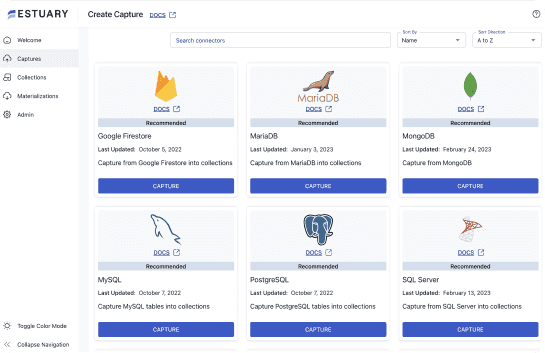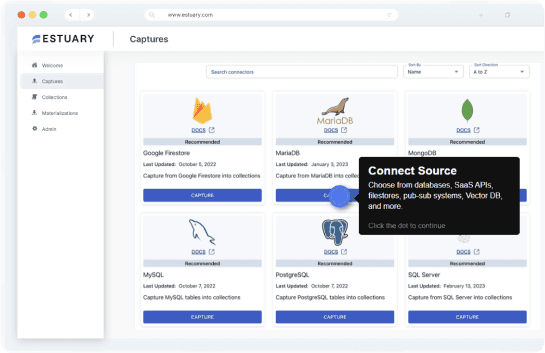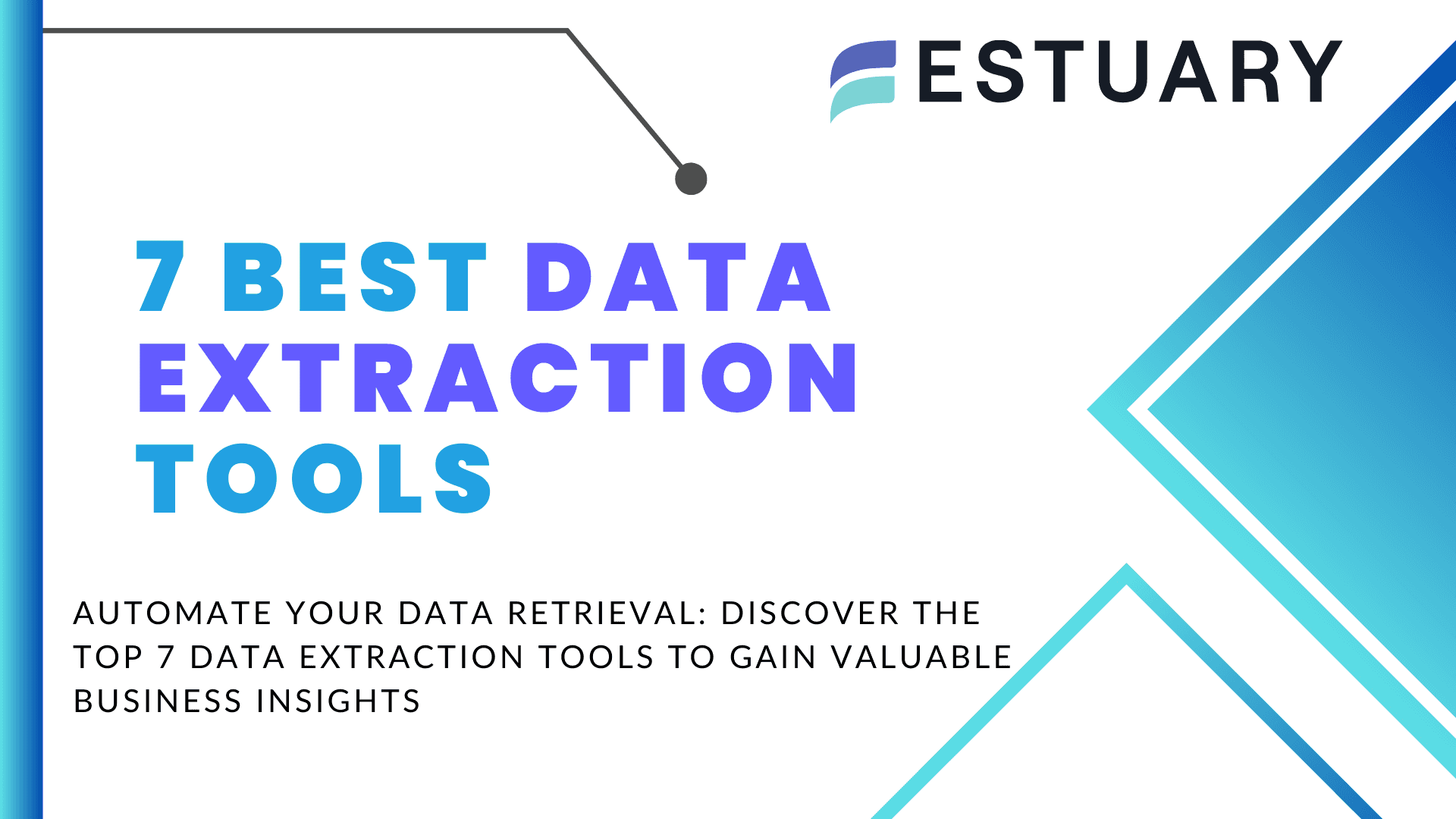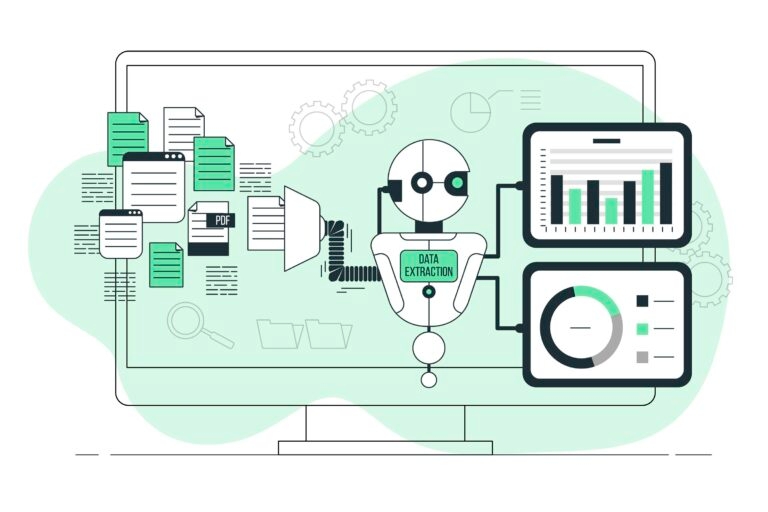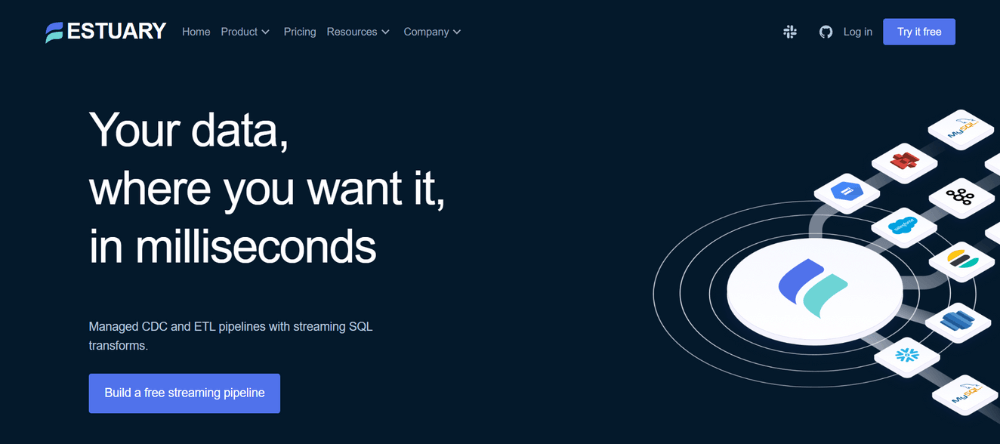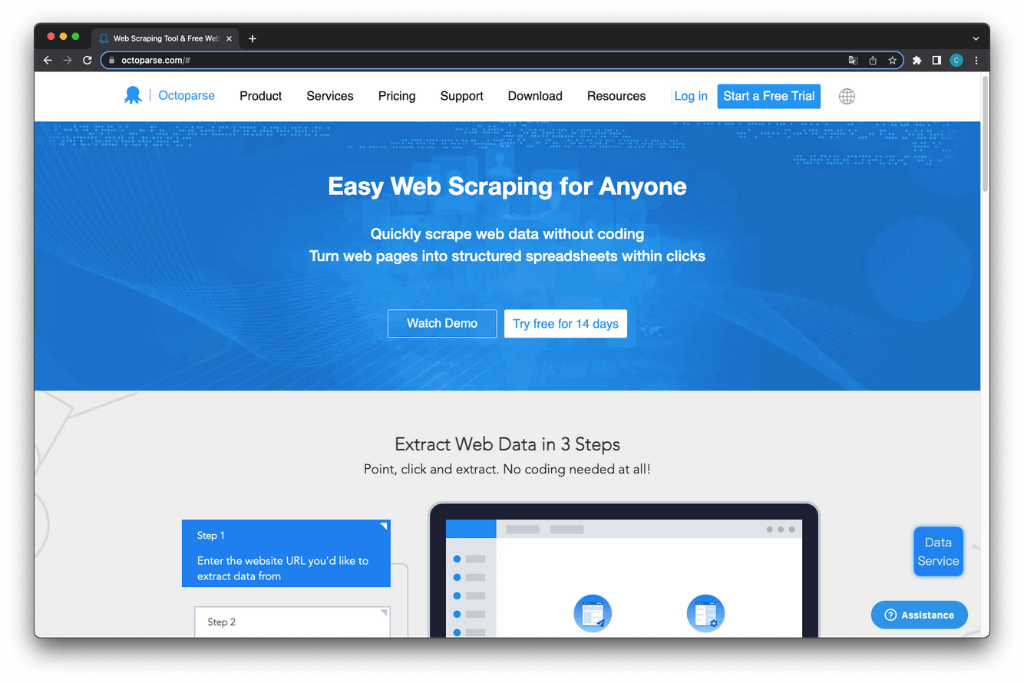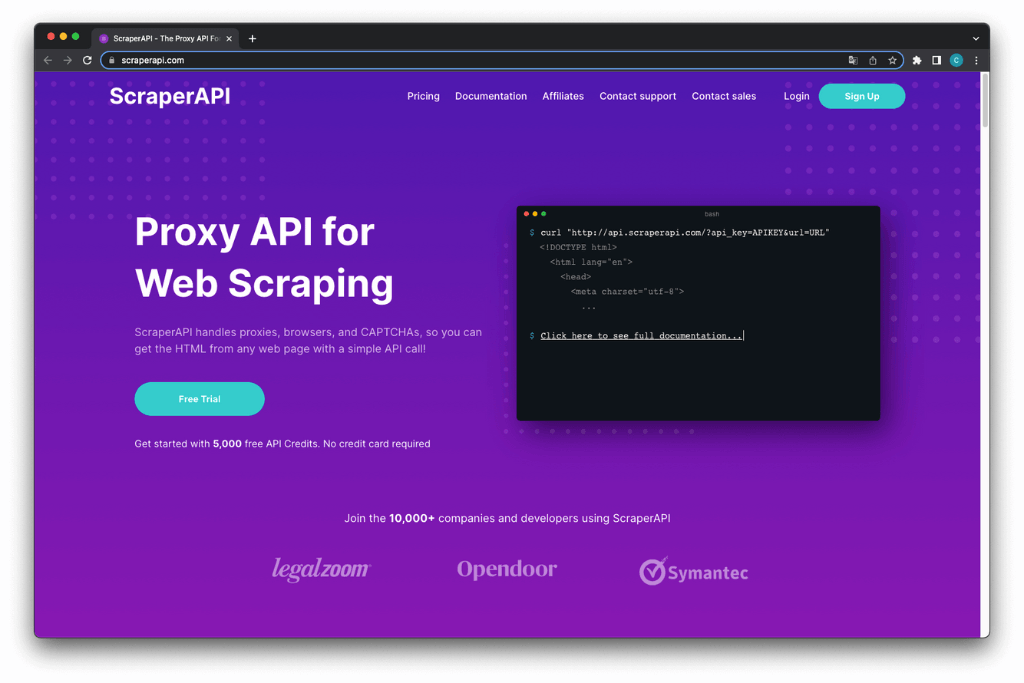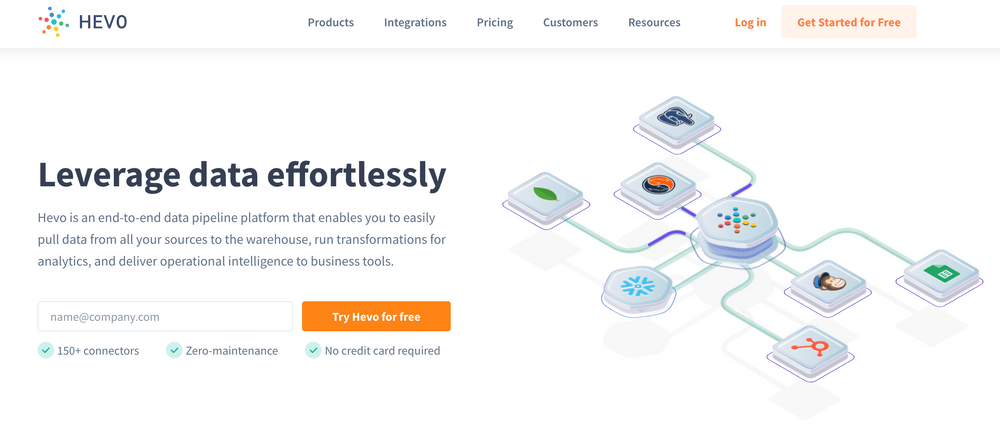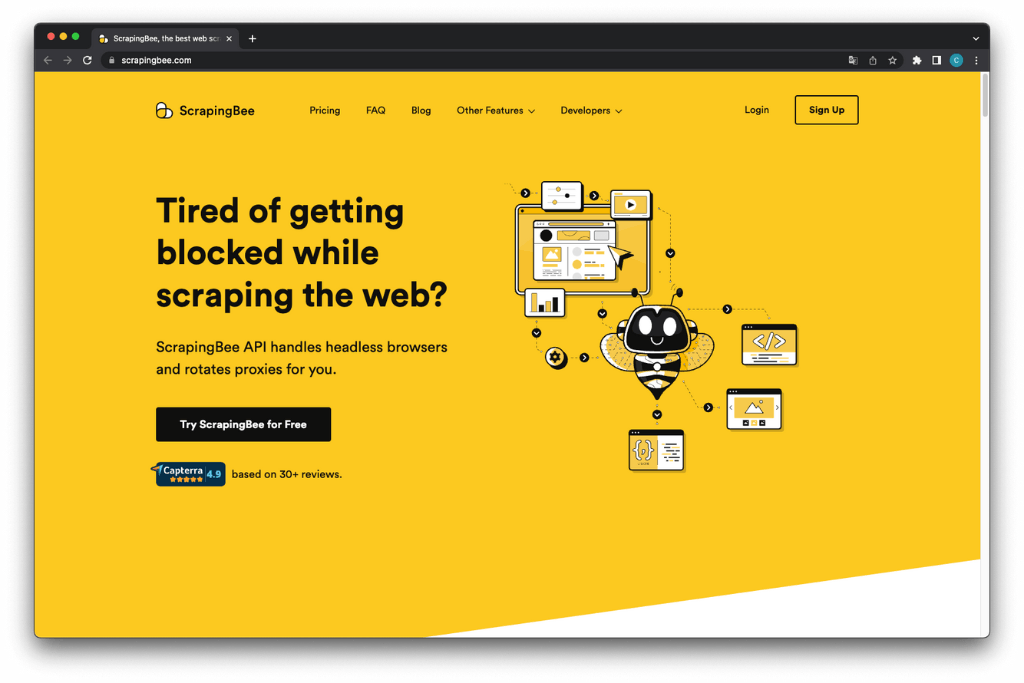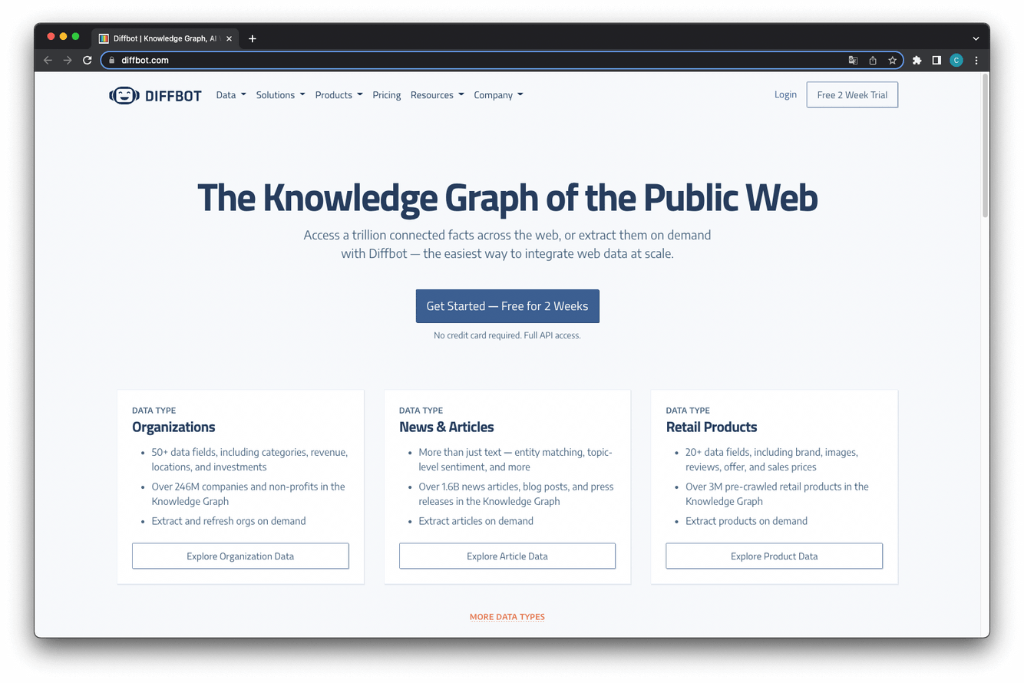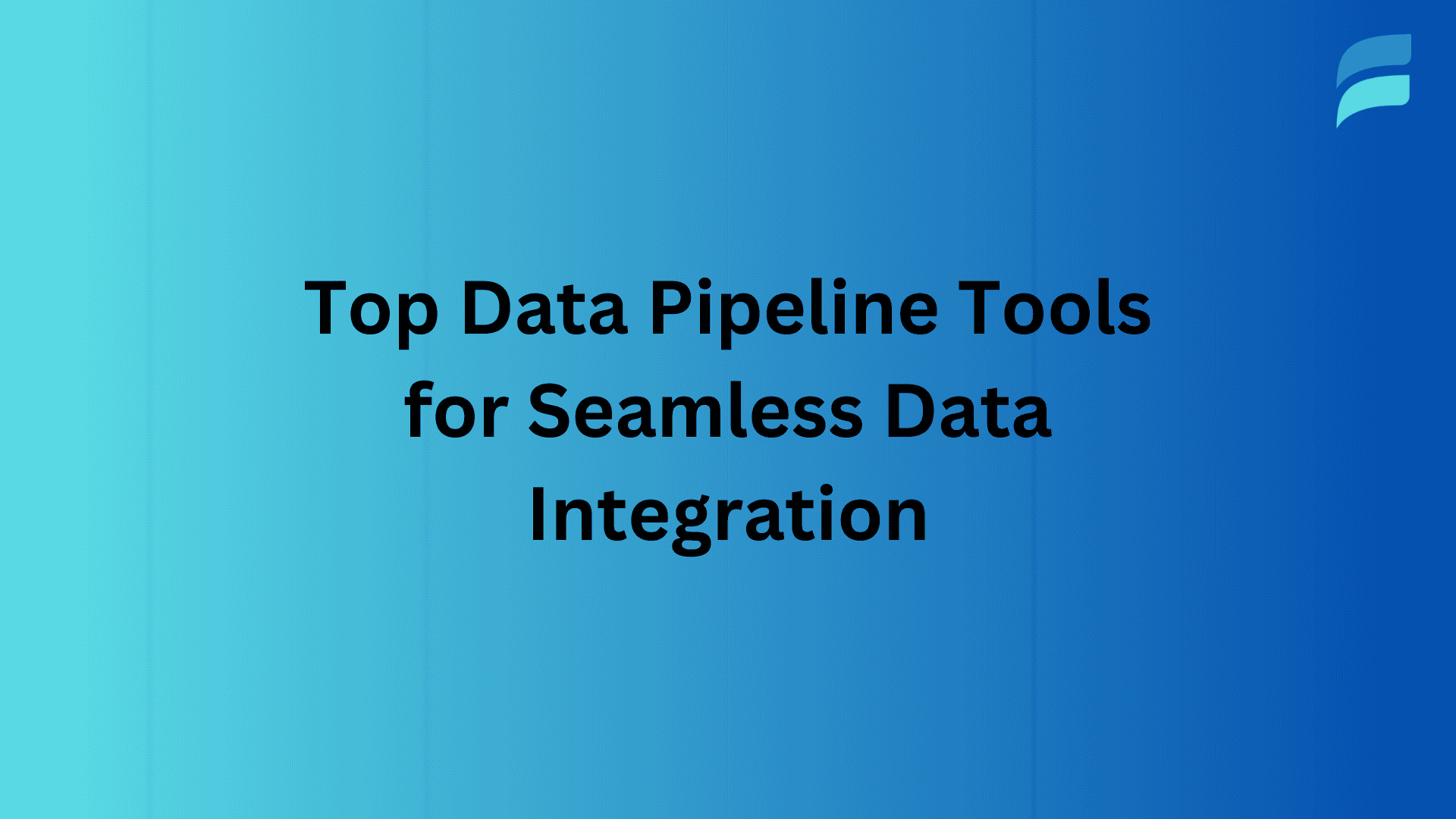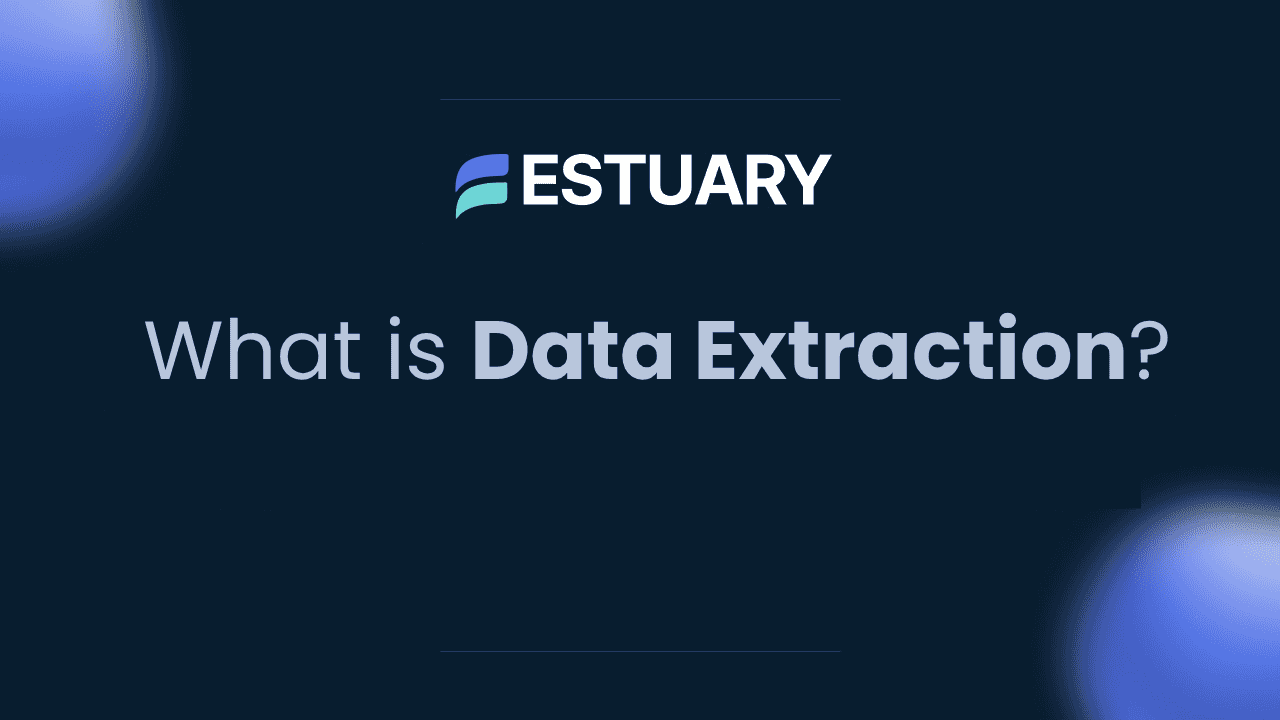
Data extraction tools help businesses retrieve, process, and organize large volumes of data from sources like databases, websites, SaaS platforms, documents, and APIs. These tools automate the collection of both structured and unstructured data, turning raw information into actionable insights that support smarter decisions and operational efficiency.
Manual data collection is not scalable. Whether you're powering BI dashboards, syncing systems, or enabling machine learning, automated extraction is the starting point of any reliable data pipeline. It helps reduce errors, saves time, and improves consistency.
With so many tools offering different capabilities, such as real-time streaming, batch extraction, and low-code setup, choosing the right one can be challenging.
This guide covers:
- What data extraction tools are and how they work
- Why businesses need them
- Types of tools available today
- A comparison of the top tools for 2025, including Estuary Flow, Import.io, Octoparse, and others
Whether you're a data engineer, analyst, or decision-maker, this article will help you evaluate the right tool for your workflow.
What Are Data Extraction Tools and Why Do Businesses Need Them?
Data extraction is the process of retrieving data from various sources such as databases, websites, SaaS applications, and documents. This data is then processed, analyzed, or stored in a centralized system like a data warehouse or data lake.
Since data comes in many forms—structured, semi-structured, and unstructured—it must first be standardized before it can be effectively used. This is where data extraction tools play a critical role. These tools automate the collection and transformation of data, helping teams save time, reduce manual errors, and focus more on analysis than on retrieval.
Data extraction is also the first step in the ETL process: extract, transform, and load. It enables businesses to move data from source systems into analytics-ready formats. Once extracted, data can be transformed to improve accuracy and completeness, then loaded into a destination for reporting or modeling.
In a world where data volumes are constantly growing, manual extraction is no longer viable. Data extraction tools make it easier to collect, clean, and move data efficiently. They support a variety of destinations, including modern cloud data warehouses, and offer scalable options that suit both small teams and enterprise environments.
These tools are essential for:
- Automating repetitive tasks
- Ensuring consistent and accurate data pipelines
- Supporting real-time insights and operational reporting
- Enabling businesses to unlock more value from their data
Why Do You Need Data Extraction Tools?
Data extraction tools help businesses collect, organize, and prepare data from a wide range of sources, including databases, websites, APIs, and files. They eliminate manual, repetitive work and turn raw or inconsistent data into structured formats ready for analysis.
These tools are essential for teams looking to scale data operations, reduce error rates, and make timely, informed decisions.
Key Benefits of Using Data Extraction Tools
- Efficiency: Automate the process of collecting large volumes of data and eliminate the need for manual exports, saving time and operational effort.
- Improved Accuracy: Reduce human error by relying on automated pipelines that validate, clean, and format data consistently.
- Standardization: Transform unstructured or semi-structured data into a unified format that integrates easily with downstream tools and platforms.
- Scalability: Handle growing data volumes and multiple sources without impacting system performance or requiring constant engineering intervention.
- Better Insights: Enable faster and more accurate analysis by ensuring the right data is available in the right format at the right time.
Whether you're feeding a data warehouse, populating a dashboard, or building an ML model, a reliable extraction tool makes the process faster, cleaner, and more repeatable.
Types of Data Extraction Tools: Which One Is Right for You?
There are several types of data extraction tools available today, each suited for specific use cases and data sources. Understanding these categories will help you choose the tool that aligns best with your technical needs, data complexity, and business goals.
1. Database Extractors
These tools are designed to extract data from structured data sources like SQL and NoSQL databases. They often support real-time change data capture (CDC), batch queries, and snapshot-based extraction.
Use case: Pulling transactional data from PostgreSQL, MySQL, MongoDB, Oracle, or similar systems.
2. Web Scrapers
Web scrapers collect data directly from websites by crawling and parsing HTML content. They are ideal for extracting information from public sources where no API is available.
Use case: Scraping product listings, pricing data, news articles, or customer reviews.
3. API-Based Extractors
These tools connect to APIs to retrieve data from SaaS platforms and web services. They handle authentication, pagination, rate limits, and schema variations behind the scenes.
Use case: Extracting data from platforms like Salesforce, Stripe, Shopify, or Google Analytics.
4. Cloud-Based Extractors
Cloud-native extraction tools are hosted platforms that integrate with many data sources and destinations. They provide scalability, automation, and monitoring features out of the box.
Use case: End-to-end data extraction and integration pipelines without maintaining infrastructure.
Top 7 Data Extraction Tools in 2025
Here are some of the top data extraction tools that are widely recognized for their powerful features in improving data accuracy and automating the extraction process.
Estuary Flow
Estuary Flow is a real-time data integration platform that makes it easy to extract, transform, and move data from a wide variety of sources to any destination. It combines real-time change data capture (CDC), built-in transformations, and a streaming-first architecture to help teams build reliable data pipelines with low effort and high scalability.
Flow uses the concept of captures to extract data continuously from sources such as databases, cloud storage, pub/sub systems, SaaS APIs, and more. It then streams that data into collections, where it can be validated, transformed, and materialized into destinations like data warehouses, lakes, or real-time analytics systems.
Key features of Estuary Flow
- Scalable Real-Time Data Extraction: Estuary is built for real-time, event-driven extraction using CDC. It supports high-throughput streaming from databases like PostgreSQL, MySQL, and MongoDB with minimal latency and no manual polling.
- Schema Validation and Auto-Evolution: All extracted data is schema-validated by default. Flow also supports schema evolution, allowing pipelines to adapt to upstream changes without breaking.
- In-Flight Transformations: Apply SQL or TypeScript-based transformations as data flows through the pipeline. This lets you clean, enrich, or restructure data without adding a separate transformation layer.
- Hybrid Support for Streaming and Batch Sources: While Flow is optimized for real-time CDC, it also supports batch extraction from sources like cloud storage and APIs, making it ideal for hybrid data environments.
- Low-Code UX for Analysts, CLI for Engineers: Backend engineers can use the CLI for advanced automation, while analysts and operations teams can manage pipelines through a user-friendly UI with guided connector setup.
- Secure and Flexible Deployment: Estuary offers fully managed SaaS, private cloud, and BYOC (Bring Your Own Cloud) deployment models. This gives teams control over compliance, data residency, and cost.
Why Choose Estuary?
If you need real-time data extraction with built-in transformations, schema management, and streaming at scale, Estuary Flow is one of the most robust platforms available. It reduces engineering overhead while ensuring your pipelines are accurate, fast, and production-ready.
Try Estuary Flow for free and build your first real-time pipeline in minutes.
Import.io
Import.io is a cloud-based data extraction tool that allows you to extract data directly from the web. It can scrape data from web pages, highlighting the importance of extracting data from web pages for further analysis and automation. With Import.io, you can create an extractor by providing an example URL containing the data you want to extract. Once Import.io loads the webpage, it automatically identifies and presents the data it finds in a structured format.
key features of import.io
- Efficient and Reliable Data Extraction: Import.io has a built-in crawl service that supports multiple URL queries and uses dynamic rate limiting and retry systems to handle errors. This makes Import.io a highly efficient and reliable tool for data extraction.
- User-Friendly Interface: Import.io provides a user-friendly point-and-click interface that allows you to easily identify the specific data elements you want to extract without writing complex code or scripts.
- Advanced Features: Import.io offers advanced features such as extracting data from multiple websites, and scheduling automatic data extraction. It can also integrate with other tools and platforms. This streamlines the data extraction process and integrates extracted data into other systems for analysis.
Octoparse
Octoparse is a web data extraction tool that allows you to extract information from websites. It works for both static and dynamic websites, including those using Ajax, and supports various data formats for exporting data, such as CSV, Excel, HTML, TXT, and databases. Octoparse facilitates the extraction of structured data from websites, which is crucial for analysis and business decision-making. You can also choose to run your data extraction project either on your local machines or in the cloud.
Key features of Octoparse
- Extraction Modes: Octoparse offers two extraction modes: Task Template and Advanced Mode. The Task Template is ideal for new users as it provides pre-built templates for common scraping tasks. The Advanced Mode offers more features and functionalities for experienced users, such as RegEx, Xpath, Database Auto Export, and many more.
- Cloud Extraction: Octoparse's cloud extraction feature enables simultaneous web scraping at scale. You can perform concurrent extractions using multiple cloud servers and extract massive amounts of data to meet your large-scale extraction needs. Octoparse also allows you to schedule regular data extraction from various sources.
- Proxies: Octoparse enables you to scrape websites by rotating anonymous HTTP proxy servers. In Cloud Extraction, Octoparse applies many third-party proxies for automatic IP rotation. For Local Extraction, you can manually add a list of external proxy addresses and configure them for automatic rotation. IPs are rotated based on user-defined time intervals., enabling them to extract data without the risk of getting their IP addresses banned.
ScraperAPI
ScraperAPI is a user-friendly web scraping tool that simplifies data extraction from websites. It provides easy access to millions of proxies and enables bypassing of anti-scraping measures used by websites. These measures include blocking IPs, bypassing CAPTCHAs, and utilizing other bot detection methods. The tool is particularly useful for users who need to extract large amounts of data from the web efficiently. Additionally, ScraperAPI can extract and process unstructured data from various sources, including documents, PDFs, social media, and web pages.
Key features of ScraperAPI
- Large Proxy Pool: ScraperAPI has a large pool of proxies, which makes it easier to avoid getting blocked or flagged while scraping.
- Excellent Customization Options: ScraperAPI provides many customization options, making it a great tool for businesses that need to extract specific data from websites. For instance, users can customize request headers, cookies, and specify the number of retries and timeouts for each request. You can also customize your scraping requests according to your needs and extract the data you want.
- Good Location Support: ScraperAPI supports multiple locations, which means that you can scrape websites from different locations around the world. This is useful if you need to extract data from geographically restricted websites.
Hevo
Hevo is a user-friendly and reliable cloud-based data integration platform that allows organizations to automate collecting data from more than 100 applications and databases, loading it to a data warehouse, and making it analytics-ready.
Key features of Hevo
- Ease of Use: Hevo provides a user-friendly interface that allows non-technical users to set up data extraction workflows without requiring coding skills.
- Near-Real-Time Data Extraction: Hevo allows you to extract data from various sources in near-real time, providing up-to-date information for analysis and reporting. This feature ensures that the data is always current and eliminates the need for manual data refreshing.
- Automated Schema Mapping: Hevo automatically maps the source schema to the destination schema, saving the time and effort required for manual schema mapping. This feature ensures that the data is accurately and consistently transformed into the destination schema.
ScrapingBee
ScrapingBee is a web scraping tool that allows you to easily extract data from websites. It provides a robust and scalable solution for businesses and users who need to gather data from the web. By identifying and extracting relevant data from various sources, such as databases, documents, and websites, ScrapingBee helps businesses save time and gain valuable insights. ScrapingBee handles all the technical aspects of web scraping, such as handling proxies, bypassing CAPTCHAs, and managing cookies. This means you don't need advanced technical skills to use the tool effectively.
Key Features of ScrapingBee
- Ease of Use: ScrapingBee offers a user-friendly interface and a REST API, making it easy to integrate into existing workflows and systems. Additionally, it provides various features such as JavaScript rendering, automatic retries, and data export options, making it a comprehensive solution for web scraping needs
- Reliability: ScrapingBee is known for its reliability and fast response times, which is essential for businesses that need to extract data in real time. It offers multiple data center locations across the globe, ensuring that you can access and extract data from websites with low latency.
- Keyword Monitoring and Backlink Checking: ScrapingBee offers a large proxy pool that enables marketers to perform keyword monitoring and backlink checking at scale. With rotating proxies, it reduces the chances of getting blocked by anti-scraping software.
Diffbot
Diffbot is a powerful data extraction tool that excels at turning unstructured web data into structured and contextual databases, making it ideal for scraping articles, news websites, product pages, and forums. It enables users to analyze data from multiple perspectives, search for patterns, anomalies, and correlations in data sets, and make data-driven decisions.
Key features of Diffbot
- APIs for Easy Integration: Diffbot offers APIs that allow for easy integration with other applications, making it a convenient tool for businesses.
- Advanced Technical Resources: Diffbot provides advanced technical resources, such as SDKs and developer tools, to help businesses get the most out of the data
- Support for Multiple Data Types: Diffbot can extract data from a wide range of web page types, including articles, product pages, and discussion forums.
- Data Enrichment: Diffbot can automatically identify and enrich extracted data with additional contexts, such as sentiment analysis or entity recognition.
Conclusion
Data extraction is no longer a nice-to-have. It’s the foundation of every modern data pipeline, from feeding dashboards to training machine learning models to triggering real-time operations. With massive volumes of data being generated across systems, teams need tools that can extract, clean, and route that data efficiently and reliably.
The seven data extraction tools featured in this guide—Estuary Flow, Import.io, Octoparse, ScraperAPI, Hevo, ScrapingBee, and Diffbot—offer a range of solutions for different use cases. Some specialize in web scraping, others in database streaming or low-code cloud automation. Your choice should come down to the type of data you work with, your team’s technical preferences, and how critical real-time capabilities are to your business.
If you’re looking for a platform that can handle both real-time and batch extraction, supports advanced transformations, and works across cloud and on-prem environments, Estuary Flow is a powerful choice worth exploring.
Manual data entry is slow, error-prone, and unscalable. Data extraction tools solve this by automating the first and most critical step of data integration—unlocking your data.
Ready to move faster with data? Start building pipelines with Estuary Flow and sync your data in real time without writing custom code.
Related Articles
FAQs
How do I choose the right data extraction tool?
What is the difference between ETL and data extraction?

About the author
With over 15 years in data engineering, a seasoned expert in driving growth for early-stage data companies, focusing on strategies that attract customers and users. Extensive writing provides insights to help companies scale efficiently and effectively in an evolving data landscape.

